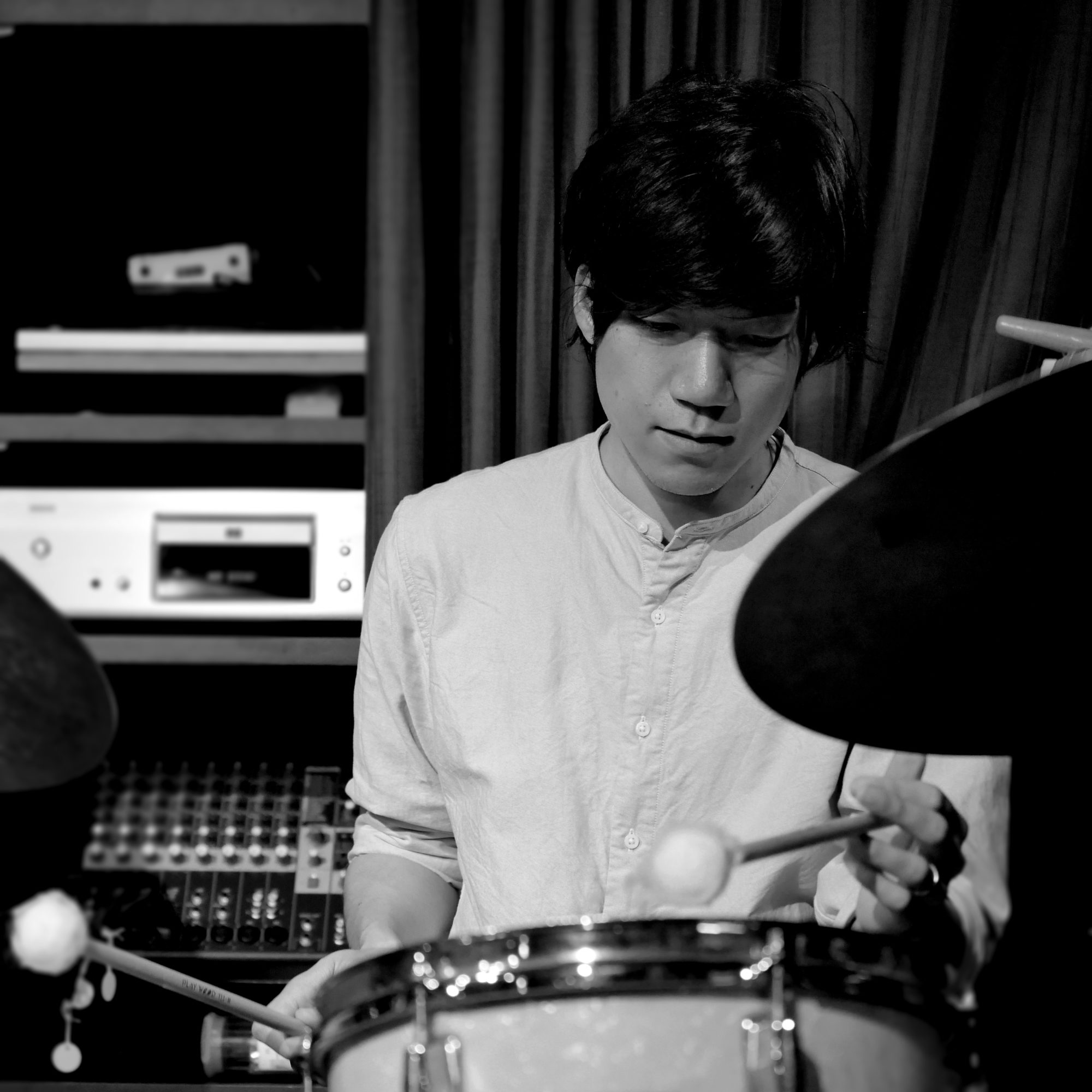昨年の夏にNYで録音した、Daniel MeronのDirectionsというCDがall about jazzというサイトでレビューされました。今までは本人から直接しか買えなかったのですが、今後はamazonとかiTunesでも入手できるようになるようです。
詳しくはhttp://www.danielmeron.com/へ。
レビューの本文を掲載します。
英語ですが、、
By Bruce Lindsay
Pianist/composer Daniel Meron makes an emphatic debut with Directions, a quintet album of stylish and original tunes. Meron grew up in Israel and was appointed Chief Musical Arranger to the Israeli military’s performance troupes during his service. It’s an unusual apprenticeship for a jazz musician, but on the evidence of this album it’s an effective one. A scholarship to Berklee College in 2007, where he was taught by Greg Osby and Joe Lovano, was followed by a move to New York where Directions was recorded in June 2009.
Meron’s arrangements create a full and rich sound. As a writer, Meron produces some beautiful themes and melodies; as a player, he has a crisp, strong, style that enables him to move readily from warm, engaging ballads to fast, hard bop, passages with apparent ease. There are phases of forceful, almost aggressive playing but, for the most part, Directions is defined by a melodic, lyrical, style that is immediately engaging. Drummer Ryo Noritake is always to the fore and plays a major role in setting the album’s mood—even though, on occasion, his cymbals threaten to overwhelm the lead instruments while, by contrast, Noam Wiesenberg’s bass sometimes sits too far back in the mix.
“Battle for Independence” begins with a brief but emphatic horn phrase; a reference, perhaps, to Meron’s military experience. This phrase and the hard-edged, combative horns of saxophonist Jesse Scheinin and trumpeter Jeremy Sinclair are powerful but somewhat untypical of Meron’s writing. “Ad” has more of a classical feel—a smooth, reflective, piece characterized by the tidal wash of Noritake’s cymbals and Meron’s delicate piano; also featuring a gently restrained duet between Sinclair and Scheinin. “Paint the Tonic” is an up-tempo tune that starts life with a playful, jagged, piano solo, while “Nature Reaction” has elements of funk and even a hint of a Latin influence.
“Rushed In” is a trio number: a swinging, joyous, tune to close the album. Meron is at his finest here, delivering a sparkling performance. Wiesenberg is also at his best: his bass sits higher in the mix, as it deserves to do, and his solo is strong and assured. “Backwards” features more of the impressively assertive horns of Scheinin and Sinclair, but here they play with each other, rather than in the apparent competition of “Battle for Independence.”
The most impressive tune is “Bombay,” a trio performance on which Meron’s piano sound is crystal clear, precise and beautiful. The piece builds slowly, ebbing and flowing between slow, spacious passages and periods of real tension—the changes driven especially by Noritake’s cymbal playing. Gorgeous.
Directions may be a debut album, but has a maturity and a sense of originality that many more established artists would envy. Meron is a talented writer, arranger and musician and the quintet plays with empathy as well as skill. There is a real beauty and humanity in this music.
